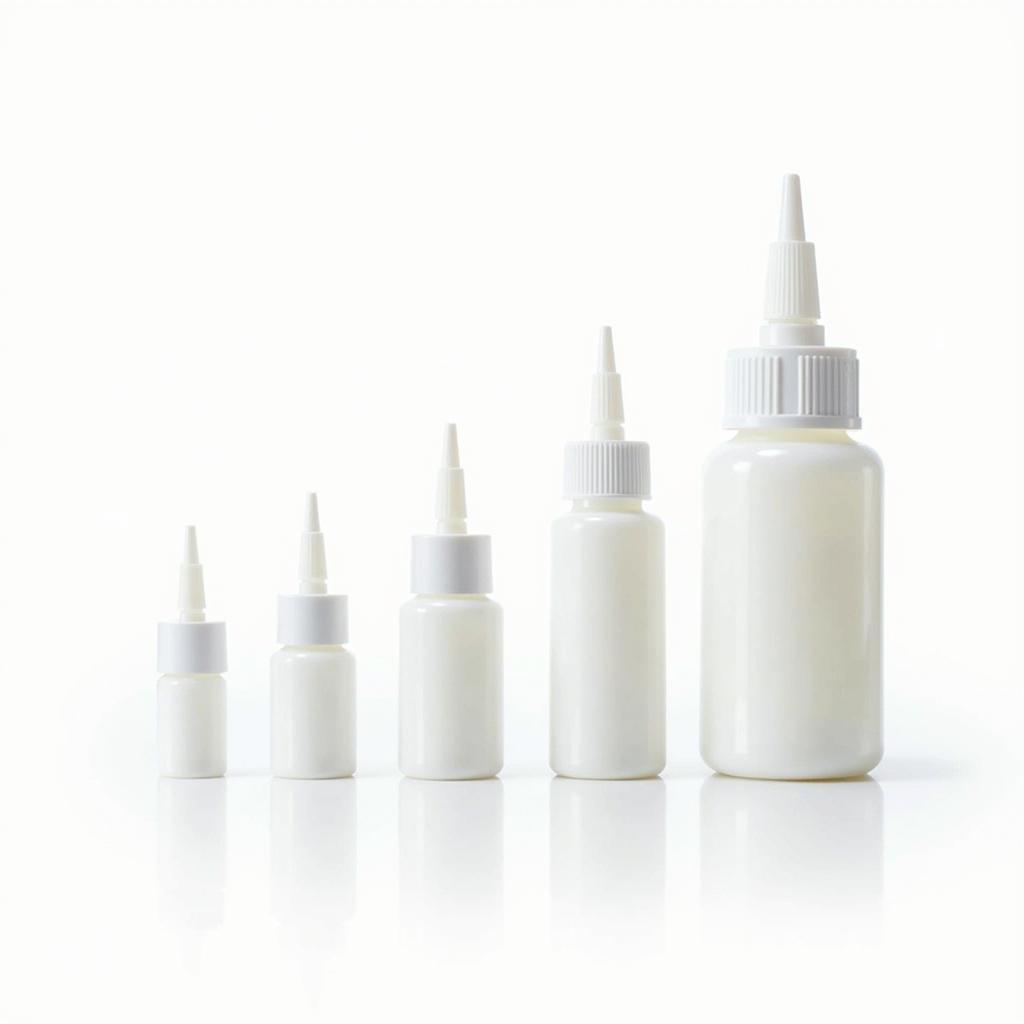Braces Ruined My Gums: Is This Normal?
- AmazoniaSilva
- Tháng 12 22, 2024
- Zodiac signs
- 0 Comments
Braces can transform your smile, but some people experience gum issues during orthodontic treatment. If you’re worried that your braces ruined your gums, this article will address your concerns and provide actionable advice. We’ll explore common gum problems associated with braces, discuss prevention strategies, and offer solutions for healing and maintaining healthy gums.
Common Gum Problems with Braces
Wearing braces makes it harder to clean your teeth effectively. This can lead to plaque buildup, which is the primary culprit behind many gum issues. Some common problems include:
- Gingivitis: This is the early stage of gum disease, characterized by red, swollen, and bleeding gums.
- Gum Recession: This occurs when the gum tissue pulls back, exposing more of the tooth root. It can be caused by aggressive brushing, genetics, or pressure from braces.
- Gum Hyperplasia (Overgrowth): In some cases, braces can stimulate excess gum tissue growth, making it appear bulky and swollen. This condition can make cleaning even more challenging.
- Periodontal Pockets: These are spaces that form between the gums and teeth, becoming breeding grounds for bacteria. Untreated, they can lead to bone loss and tooth loss.
Preventing Gum Problems During Orthodontic Treatment
Maintaining impeccable oral hygiene is crucial when you have braces. Here’s how to protect your gums:
- Brush Thoroughly: Use a soft-bristled toothbrush and fluoride toothpaste. Brush for two minutes, twice a day, paying close attention to the areas around your brackets and wires.
- Floss Daily: Flossing removes food particles and plaque from between your teeth and under the gumline. Use waxed floss or a floss threader specifically designed for braces.
- Use an Interdental Brush: These small brushes can reach hard-to-clean areas around your braces. They are particularly effective for cleaning between brackets and wires.
- Rinse with Antiseptic Mouthwash: This helps kill bacteria and reduce plaque buildup. Choose an alcohol-free mouthwash to avoid irritating your gums.
- Regular Dental Checkups: See your orthodontist and dentist for regular checkups and cleanings. They can monitor your gum health and address any issues early on.
What to Do If Your Gums Are Already Affected
If you’re experiencing gum problems, don’t panic. Here are some steps to take:
- Consult Your Orthodontist or Dentist: They can diagnose the issue and recommend the best course of treatment.
- Professional Cleaning: A deep cleaning can remove plaque and tartar buildup below the gumline.
- Saltwater Rinses: Rinsing with warm salt water can soothe irritated gums and promote healing.
- Improve Your Oral Hygiene Routine: Follow the prevention tips mentioned above diligently.
- Consider Gum Contouring: In cases of gum hyperplasia, your dentist might recommend surgical reshaping of the gum tissue.
Can Gum Problems Be Reversed?
In many cases, gum problems caused by braces can be reversed with proper care and treatment. Gingivitis, for example, is often reversible with improved oral hygiene. However, more advanced conditions like gum recession and periodontal disease might require more extensive treatment.
“Early intervention is key when it comes to gum health. Don’t hesitate to contact your dental professional if you notice any changes in your gums during orthodontic treatment.” – Dr. Emily Carter, DDS, MSD
Conclusion
While braces can sometimes contribute to gum problems, they don’t have to. By maintaining excellent oral hygiene and seeking professional guidance when needed, you can protect your gums and enjoy a healthy, beautiful smile after your braces are removed. Don’t let the fear of “Braces Ruined My Gums” deter you from seeking orthodontic treatment. With proper care, your gums can remain healthy throughout the process.
FAQ
- How often should I brush my teeth with braces?
Twice a day, for two minutes each time. - What type of floss is best for braces?
Waxed floss or a floss threader. - Can I use a regular mouthwash with braces?
Yes, but an alcohol-free mouthwash is preferred. - Is gum recession permanent?
Not always. Treatment options are available. - How often should I see my dentist while wearing braces?
Every six months, or as recommended by your dentist.
Common Situations and Questions
- Bleeding gums after brushing: This can be a sign of gingivitis. Improve your brushing technique and consult your dentist.
- Swollen gums around braces: This could be gingivitis or gum hyperplasia. See your orthodontist for an evaluation.
- Food constantly getting stuck in braces: This makes you more prone to gum problems. Use interdental brushes and floss regularly.
Other Helpful Resources
You might also find these articles helpful:
- “Maintaining Oral Hygiene with Braces”
- “Understanding Gum Disease”
If you need further assistance, please contact us at [email protected], or visit our office at Fifth Avenue, 34th Floor, New York, NY 10118, USA. We have a 24/7 customer support team available to answer your questions.


